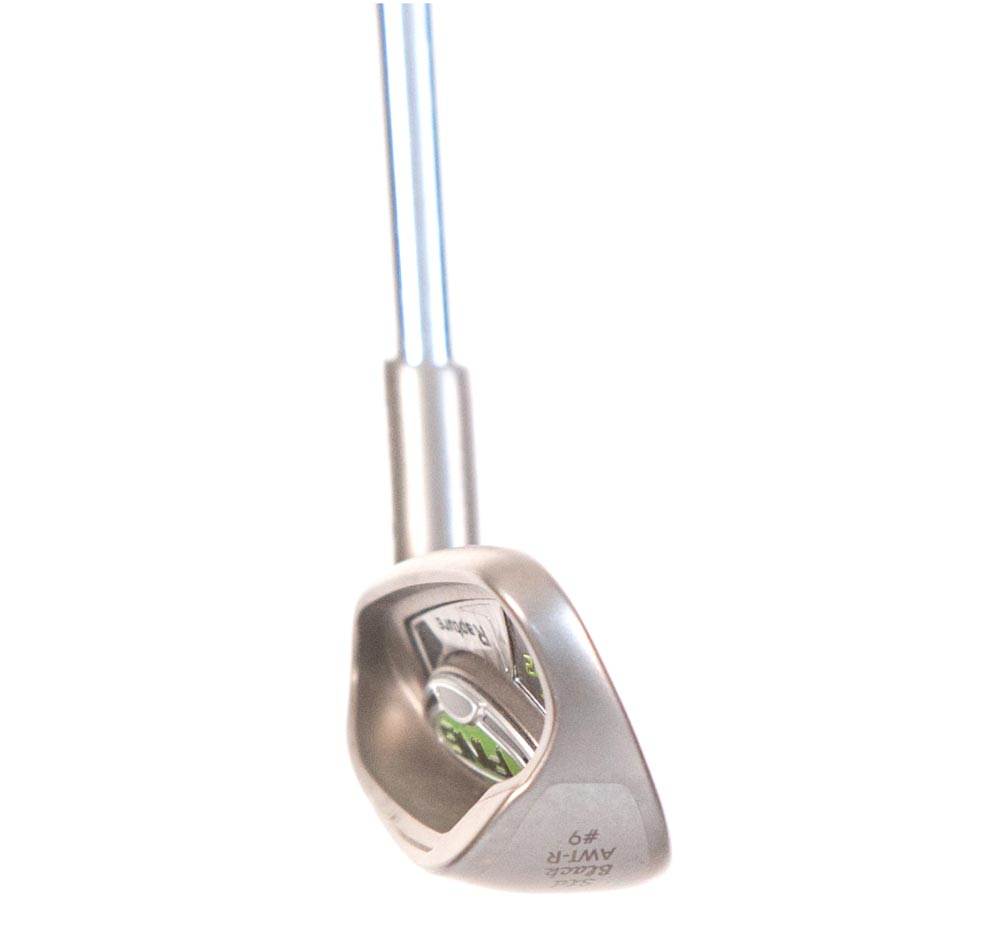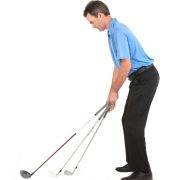Golf Club Design – Irons

At time throughout this series, we will reference the design features of your golf clubs and associated terminology. When we talk about irons, they are of course numbered from low to high, perhaps from 4 or 5-iron through 9-iron. Set makeups certainly vary and players may add or remove clubs at their choosing.
The wedges, which may include a pitching wedge, gap wedge, sand wedge, and/or a lob wedge, are the most lofted clubs in your bag. Each increasing number has progressively more loft, which is the angle between the club face and the shaft or hosel of the golf club. Of course, with more loft, the more skyward and less overall distance the ball will travel, generally speaking.
The shorter irons, 9-iron and wedges, will produce a higher and shorter golf shot. Longer irons, the 3, 4 and 5-irons, will produce a lower, more driving trajectory, and longer overall distances. You’ll also notice that the longer irons are actually longer in shaft length, and the shorter irons are progressively shorter in length. This goes along with the concept that longer irons are geared more for power and shorter irons are designed more for precision and control.
A third major difference is what we call lie angle. Think of this as the angle that the shaft makes with the ground when the sole of club is resting flat in the playing position. The longer irons and woods possess flatter lie angles, while the shorter irons are more upright. This means you’ll stand closer to the ball with your short irons than you will with your longer clubs. Again, this makes sense if you consider the longer clubs are physically longer in shaft length and the circle that we are creating in our golf swing is going to be larger.
In summary, most sets of irons are numbered from perhaps a 3, 4, or 5 iron up to a 9-iron. The longer irons are the lower numbers, have less loft, longer shafts, and flatter lie angles. The shorter irons are the higher numbers and wedges, have more loft, shorter shafts, and more upright lie angles. Longer irons are designed more for power, delivering a lower, longer ball flight. Shorter irons are made more for precision, distance control, and deliver generally higher ball flights and shorter distances.





